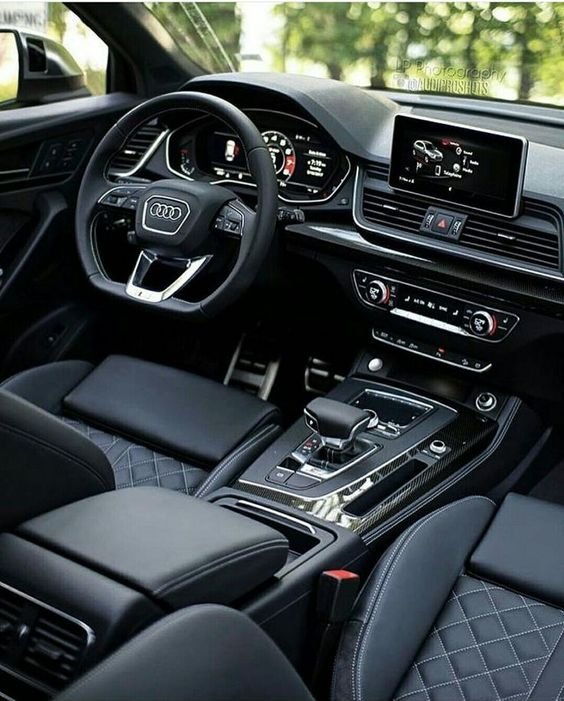
Buying a new car is a significant financial commitment, and negotiating the best price can be a daunting task for many. However, with the right approach, preparation, and negotiation tactics, you can secure a great deal on your new vehicle. This detailed article will guide you through the process of negotiating the best price on a new car, from research and preparation to the final steps of closing the deal.
1. Preparation and Research
Determine Your Budget
Before you start negotiating, it’s essential to determine your budget. Consider how much you can afford to spend on a new car, including the down payment, monthly payments, insurance, maintenance, and fuel costs. Use online calculators to estimate your monthly payments based on different loan terms and interest rates.
Research the Car You Want
Conduct thorough research on the car you want to buy. Look into different models, trims, and options to understand what best suits your needs and preferences. Pay attention to:
- MSRP (Manufacturer’s Suggested Retail Price): The starting price of the car before any discounts or incentives.
- Invoice Price: The price the dealer pays the manufacturer for the car. This is often lower than the MSRP and can serve as a baseline for your negotiations.
- Market Value: The average price buyers are paying for the car in your area. Websites like Edmunds, Kelley Blue Book, and TrueCar provide this information.
Check for Incentives and Rebates
Manufacturers often offer incentives and rebates to encourage sales. These can include cashback offers, low-interest financing, or lease deals. Check the manufacturer’s website and dealership promotions to see what incentives are available for the car you want.
Get Pre-Approved for a Loan
Securing a pre-approved loan from a bank or credit union can give you more leverage in negotiations. A pre-approved loan shows the dealer that you are a serious buyer and sets a clear budget for your purchase. Compare interest rates and loan terms from different lenders to get the best deal.
Prepare Your Trade-In (If Applicable)
If you have a trade-in, research its value using tools like Kelley Blue Book or Edmunds. Knowing the trade-in value of your current car will help you negotiate a fair price with the dealer. Clean your car, gather maintenance records, and be prepared to negotiate the trade-in value separately from the new car price.
2. Visiting the Dealership
Timing Your Visit
The timing of your visit to the dealership can impact your negotiation success. Consider the following tips:
- End of the Month/Quarter: Dealers often have sales targets to meet, and they may be more willing to negotiate at the end of the month or quarter to achieve their goals.
- End of the Year: Visiting the dealership at the end of the year can be advantageous, as dealers are looking to clear out current model year inventory to make room for next year’s models.
- Weekdays: Weekdays, particularly early in the week, are generally less busy at dealerships, giving you more time and attention from the sales staff.
Test Drive and Inspection
When you visit the dealership, take the car for a test drive to ensure it meets your expectations. Pay attention to the car’s performance, comfort, and features. After the test drive, inspect the car thoroughly, checking for any damages or defects.
Build Rapport with the Salesperson
Building a good rapport with the salesperson can make the negotiation process smoother. Be polite, respectful, and express genuine interest in the car. A friendly relationship can lead to a more favorable negotiation experience.
3. Negotiation Tactics
Start with a Reasonable Offer
When it comes to making an initial offer, aim for a price slightly below the market value or invoice price. This gives you room to negotiate while still showing the dealer that you are serious about buying the car. Avoid making an extremely low offer, as it can be off-putting and may hinder the negotiation process.
Negotiate the Purchase Price First
Focus on negotiating the purchase price of the car first, before discussing financing, trade-in, or add-ons. This ensures that you are getting the best possible price for the car itself without other factors influencing the negotiation.
Use Competing Quotes
Obtain quotes from multiple dealerships and use them as leverage in your negotiations. If one dealer offers a lower price, inform the other dealers and see if they can match or beat the offer. This can create a competitive environment that works in your favor.
Be Prepared to Walk Away
One of the most powerful tools in negotiation is the willingness to walk away. If the dealer is not willing to meet your price, be prepared to leave the dealership. This shows the dealer that you are serious about getting a fair deal and may prompt them to reconsider their offer.
Discuss Incentives and Rebates
Incorporate any manufacturer incentives or rebates into your negotiation. These can significantly reduce the overall price of the car. Make sure the dealer includes these discounts in their final offer.
Negotiate Add-Ons Separately
Dealerships often try to sell add-ons such as extended warranties, paint protection, and accessories. Negotiate these items separately from the car’s purchase price. If you are interested in any add-ons, research their value beforehand and be prepared to negotiate their cost.
4. Closing the Deal
Review the Sales Contract
Before signing any documents, carefully review the sales contract. Ensure that all agreed-upon terms, prices, and incentives are included. Pay attention to any additional fees, such as documentation fees, and make sure they are reasonable.
Understand the Financing Terms
If you are financing the car through the dealership, make sure you understand the terms of the loan, including the interest rate, loan term, and monthly payment. Compare the dealer’s financing offer with your pre-approved loan to ensure you are getting the best deal.
Negotiate the Trade-In Value
If you have a trade-in, negotiate its value separately from the new car purchase price. Use the trade-in value you researched as a benchmark and be prepared to counter the dealer’s initial offer. Ensure the trade-in value is clearly stated in the sales contract.
Get Everything in Writing
Make sure all aspects of the deal, including the purchase price, trade-in value, financing terms, and any add-ons or incentives, are documented in writing. This prevents any misunderstandings or discrepancies later on.
Finalize the Paperwork
Once you are satisfied with the terms of the deal, finalize the paperwork. Take your time to read through all documents and ask questions if anything is unclear. Ensure that you receive copies of all signed documents for your records.
Arrange for Insurance
Before driving your new car off the lot, arrange for insurance coverage. Contact your insurance provider to update your policy or shop around for the best rates. Make sure you have the necessary proof of insurance to provide to the dealership.
5. Post-Purchase Considerations
Take Delivery of Your New Car
When you take delivery of your new car, inspect it one last time to ensure it matches the specifications and condition agreed upon. Check for any damages or discrepancies and address them with the dealer immediately.
Understand the Warranty
Familiarize yourself with the car’s warranty coverage, including the duration and what is covered. This information is essential for maintaining your car and knowing what repairs or services are included.
Schedule Regular Maintenance
Regular maintenance is crucial for keeping your new car in optimal condition. Follow the manufacturer’s recommended maintenance schedule and keep records of all services performed. This helps maintain the car’s value and ensures its longevity.
Enjoy Your New Car
Finally, enjoy your new car! You’ve done the hard work of negotiating a great deal, and now it’s time to reap the benefits. Take pride in your new purchase and drive safely.
Negotiating the best price on a new car requires preparation, research, and effective negotiation tactics. By determining your budget, researching the car and its market value, and getting pre-approved for a loan, you can approach the dealership with confidence. Building rapport with the salesperson, making a reasonable initial offer, and being prepared to walk away can further enhance your negotiating power.
Focusing on the purchase price first, using competing quotes, and discussing incentives and rebates can help you secure a favorable deal. Reviewing the sales contract, understanding the financing terms, and getting everything in writing are crucial steps in finalizing the purchase.
With these strategies, you can navigate the car-buying process successfully and drive away with a new car that meets your needs and budget.
ALSO READ: The Impact of Government Policies on the Automotive Industry







